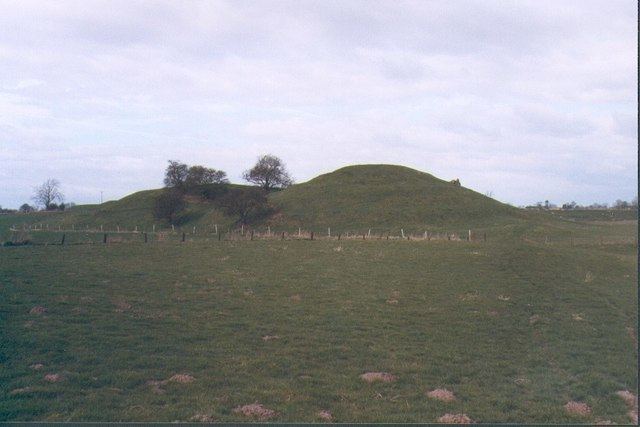Name John Topcliffe | Died 1513 | |
 | ||
John Topcliffe (died 1513) was an English born judge who spent much of his career in Ireland, where he held office as Chief Justice of each of the courts of common law in turn.
Contents
Background
His family took their name from Topcliffe, North Yorkshire, a locality with which he retained close links all his life. It was probably John who built Topcliffe Hall, a substantial manor house which had largely disappeared by the nineteenth century, and he is thought to have died there.
Career
He qualified as a proctor (i.e. a lawyer qualified to practice in the ecclesiastical courts), but little more is known of his legal career until 1494, when he was sent to Ireland as Chief Justice of the Irish Common Pleas. Two years later he served briefly as Chief Baron of the Irish Exchequer before becoming Lord Chief Justice of Ireland later the same year. His patent was renewed several times by Henry VII and he was continued in office by Henry VIII, which suggests that the Crown had full confidence in his ability. Henry VII, who was as a rule exceptionally parsimonious, ordered that his arrears of salary be paid in 1504, and Henry VIII made him a gift of £40. He was also appointed Master of the Irish Mint, and an officer of the royal household.
In 1498, following the enactment of Poynings' Law, Topcliffe was sent to England to seek leave for the holding of an Irish Parliament, which was duly granted.
Letter to Henry VIII
In 1512 he wrote to Henry VIII about the affairs of Selskar Abbey, a house of Augustinian canons in Wexford. Elrington Ball thought that the letter was worth quoting in detail, both because of the glimpse it gives us of Topcliffe's personality, and because few other private papers of the Irish judiciary from this time have survived.
Topcliffe explained that since the Abbey's foundation the canons had chosen their own prior. After the last election however, the Abbot had expelled the "good blessed religious father and prior" who had been the choice of the canons and had the approval of the town authorities also. Topcliffe pleaded that such defiance of the wishes of the community could not be permitted, or, he warned, "the service of God will not continue". It is unclear whether or not the King replied.
Death and memorial
Topcliffe died in 1513, apparently at Topcliffe, since he was buried in the nearby church of St. Mary's, Woodkirk. His tombstone recorded his name, offices and date of death. It was still clearly visible in 1830, but local historian William Smith writing in 1888 noted that renovations (which were described as "sheer vandalism" by critics) had largely obliterated it.
He was married, though little appears to be known about his wife, and had one daughter Rose, who in 1512 married Richard Bunny of Wakefield.
Character
Local historian William Smith regarded Topcliffe as "a notable personality", and there is no doubt that he enjoyed the confidence of two Kings of England. By contrast Elrington Ball, who admittedly was depending on the evidence of the judge's single surviving letter, thought him a simple and pious man, of no great legal ability or strength of character.
